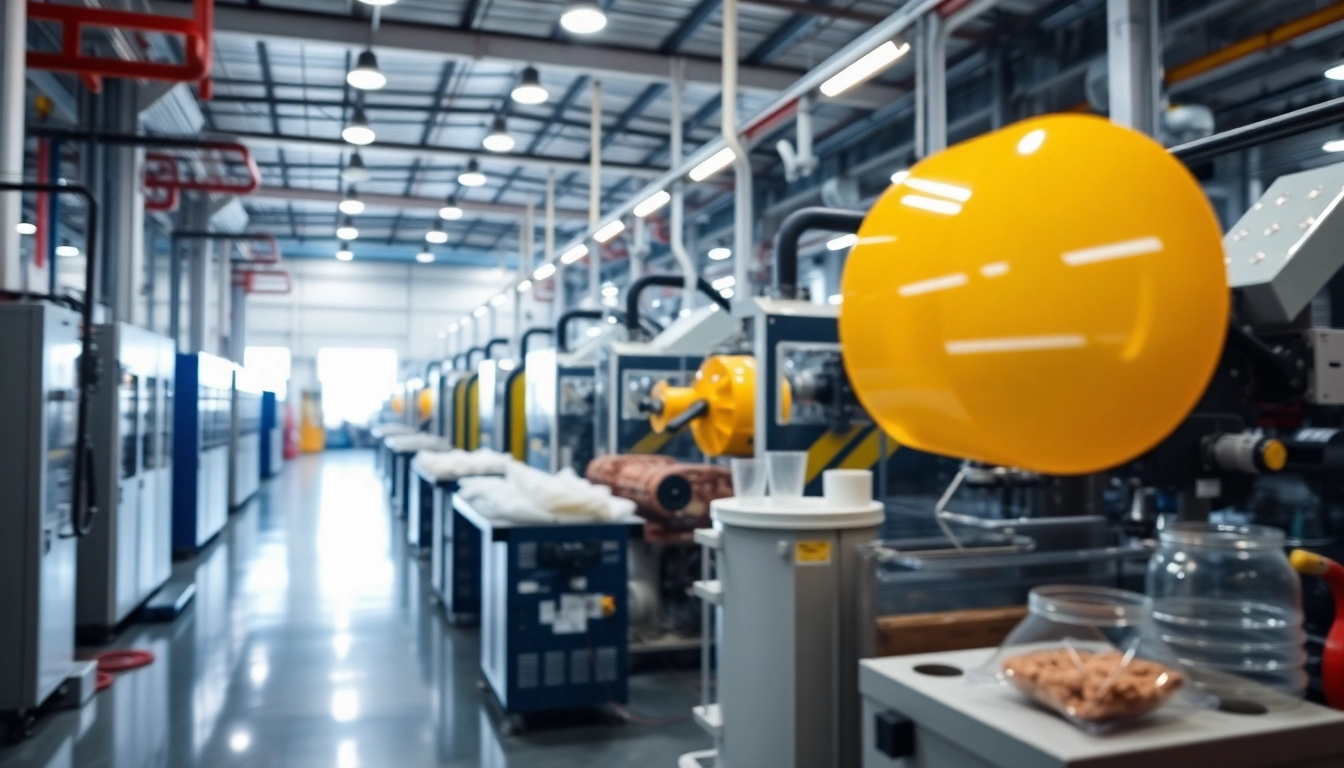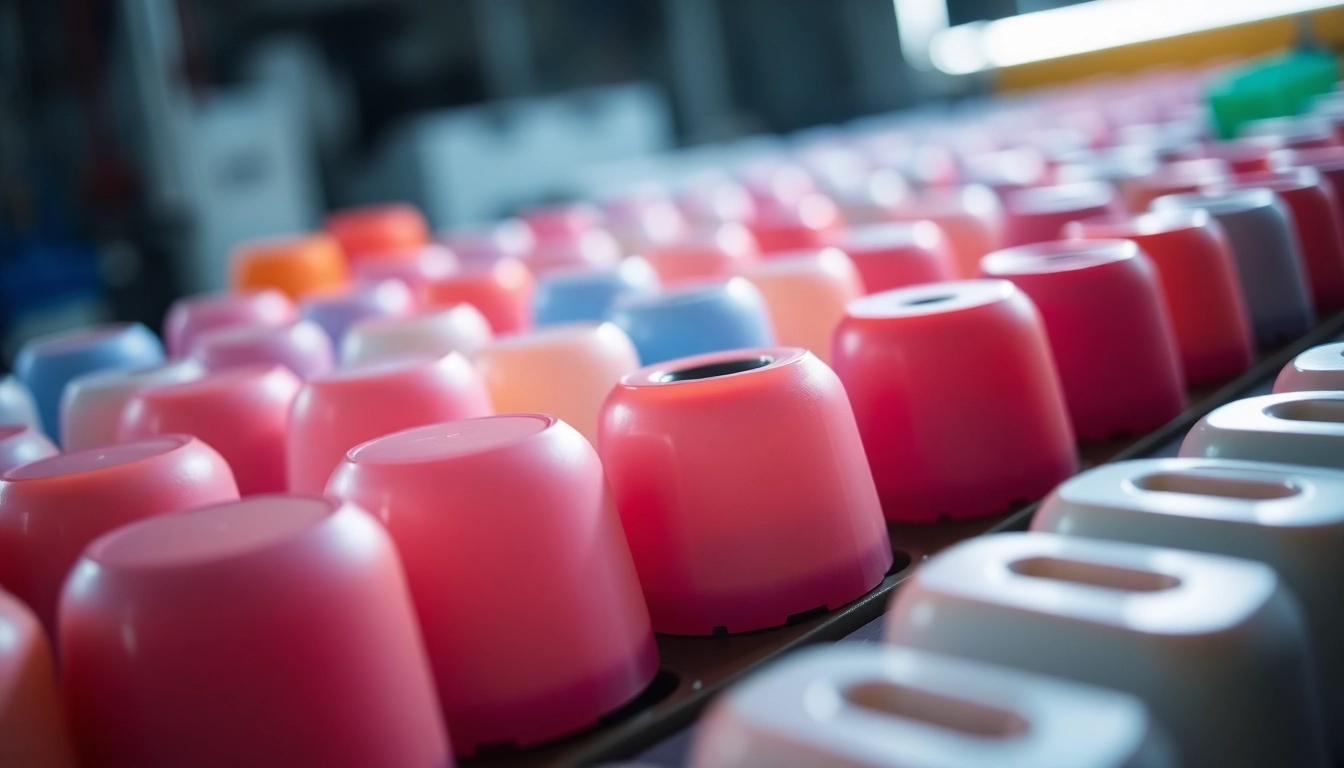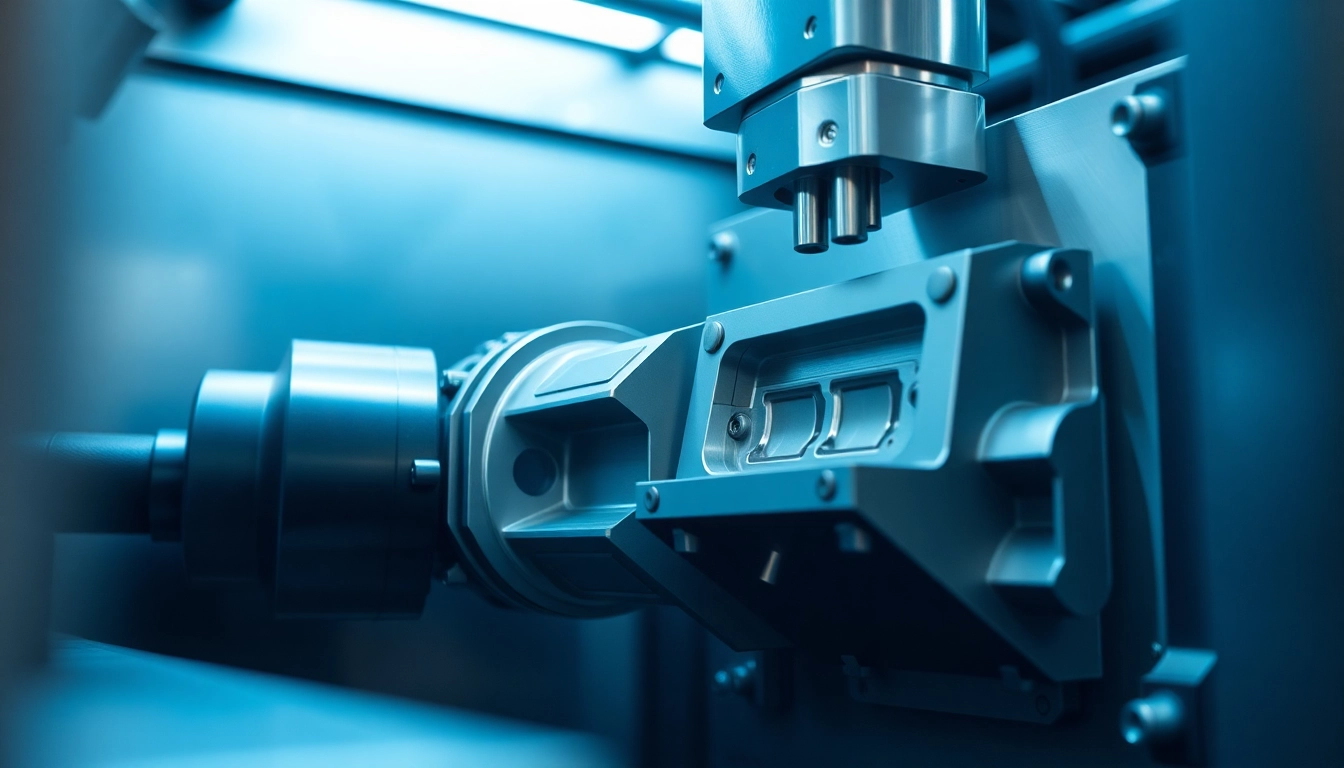Understanding the Role of a Mold Maker for Injection Molding
The injection molding industry relies heavily on the expertise of skilled mold makers for injection molding. These professionals are integral to producing high-quality plastic components used in numerous applications, from consumer goods to automotive parts. Mold makers create the molds that shape raw plastic materials into the desired forms using high precision and craftsmanship.
What Does a Mold Maker Do?
A mold maker is responsible for designing, fabricating, and repairing molds used in the injection molding process. Their work begins with interpreting product designs and specifications, followed by selecting appropriate materials and production techniques. Key tasks include:
- Creating CAD drawings and 3D models of molds.
- Machining mold components from metal or polymer materials.
- Assembling molds and ensuring precise alignment and fit.
- Testing and refining molds to produce high-quality parts, which may involve conducting trial runs and making adjustments.
- Maintaining and repairing molds to ensure consistency and durability over multiple production cycles.
Importance of Skilled Mold Makers
The injection molding process demands a high level of expertise and attention to detail. Skilled mold makers are critical for several reasons:
- Quality Control: They ensure that molds are fabricated to exact specifications, which directly impacts the quality of the end product.
- Cost Efficiency: Well-made molds reduce production costs by minimizing scrap rates and optimizing material usage.
- Innovation: As technology advances, experienced mold makers can incorporate modern techniques and materials, enhancing efficiency and product design.
- Timeliness: They play a crucial role in meeting production deadlines, which is vital for commercial success.
Key Qualifications of a Mold Maker
Mold makers typically possess a combination of formal education and hands-on experience. Some key qualifications include:
- A degree or certification in tool and die making, mechanical engineering, or a related field.
- Proficiency in CAD software and CNC machining equipment.
- Strong problem-solving skills and the ability to work independently.
- Attention to detail and a passion for craftsmanship.
- Experience with materials used in mold making, including various metals and plastics.
Types of Molds in Injection Molding
Common Mold Types Used in Production
There are several types of molds used in the injection molding process, each designed for specific applications:
- Single Cavity Molds: These molds provide one part per cycle, suitable for lower volume production.
- Multi-Cavity Molds: These molds can produce multiple identical parts in one cycle, maximizing efficiency and reducing unit costs.
- Family Molds: Capable of producing different but related parts in one cycle, family molds save time by reducing the need to switch molds frequently.
- Hot Runner Molds: Utilize a heating system to maintain the plastic’s temperature as it moves through the mold, reducing material waste and cycle time.
- Cold Runner Molds: Employ a cooling system to solidify the plastic before it reaches the cavity, often resulting in waste that must be reprocessed.
Materials for Mold Making
The choice of material for mold making significantly influences the mold’s durability and effectiveness. Common materials include:
- Steel: Known for its strength and longevity, steel is often used for high-volume production molds.
- Aluminum: Lightweight and less expensive than steel, aluminum molds are ideal for short runs and prototypes.
- Composite Materials: Combining fibers with polymers offers a balance between weight, cost, and strength.
Choosing the Right Mold Type for Your Project
Selecting the appropriate mold type involves several considerations:
- Production Volume: Higher volumes typically necessitate multi-cavity molds, while lower volumes might be more suited to single cavity molds.
- Material Choice: The properties of the material being molded can dictate the type of mold and the required materials for its fabrication.
- Complexity of Design: More intricate designs may require advanced mold technology, such as hot runner systems, to ensure precision and reduce defects.
Cost Considerations When Hiring a Mold Maker
Factors That Affect Mold Making Costs
Understanding the cost structure associated with hiring a mold maker is crucial for budget planning. Here are primary factors that influence mold making costs:
- Mold Complexity: More complex molds with intricate designs will require more time and materials to fabricate, increasing costs.
- Material Selection: The choice between high-grade steel and aluminum has significant price implications, with steel generally being more expensive.
- Production Volume: High-volume production molds often have a higher upfront cost but lower per-piece cost due to efficiencies gained in larger runs.
- Lead Time: Urgent projects may incur rush fees, which can dramatically increase overall costs.
Comparing Costs Between Different Mold Makers
When evaluating mold makers, conducting a thorough comparison is essential. Consider factors such as:
- Their experience within your specific industry.
- Past projects and client testimonials that demonstrate reliability and quality.
- Price quotes that provide a breakdown of costs and timelines.
- The technology and types of machinery they have at their disposal, which can impact efficiency and quality.
Budgeting for Injection Molding Projects
Developing a budget for your injection molding project should encompass more than just the cost of molds. Ensure to account for:
- Design and engineering costs, including any prototyping expenses.
- Material costs for the injection molding process.
- Testing and quality assurance, which is essential for achieving high-quality outputs.
- Logistics and delivery fees for finished parts, particularly for international operations.
Finding the Best Mold Maker for Injection Molding
Researching Local and National Mold Manufacturers
Finding the right mold maker can significantly impact the success of your project. Begin your search by considering:
- Local manufacturers for ease of communication and potential cost savings on logistics.
- National companies known for their extensive experience and advanced technologies.
- Referrals from industry contacts or trade associations that can provide insights into reputable options.
Evaluating Mold Maker Portfolios
Examine the portfolios of potential mold makers closely. This retrospective view should highlight:
- Types of molds they have produced.
- Diversity of industries served, which demonstrates their adaptability and range of expertise.
- Quality of finished products, which can be assessed through sample parts or case studies.
Questions to Ask Potential Mold Makers
When interviewing mold makers, certain questions can elicit valuable information about their capabilities:
- What is your typical lead time for mold production?
- How do you handle design changes or revisions during the manufacturing process?
- What quality control measures do you implement to ensure mold accuracy and performance?
- Can you provide references or case studies from previous clients?
Best Practices for Working with Your Mold Maker
Effective Communication and Collaboration
Establishing strong communication with your mold maker promotes collaboration, which is essential for project success. Consider these strategies:
- Maintain open lines of communication throughout the project lifecycle.
- Use project management tools to track progress and manage deadlines effectively.
- Be clear about project goals, expectations, and any potential challenges.
Ensuring Quality Control During Production
Quality assurance is vital in the injection molding process and should include:
- Regular updates from the mold maker on production status and quality checks.
- Conducting in-process inspections at various stages of mold production.
- Implementing feedback loops to address any issues quickly and efficiently.
Maintaining Relationships for Future Projects
Building a long-term partnership with a mold maker can offer significant advantages, such as preferential pricing and faster turnaround times. To foster ongoing relationships:
- Provide feedback on completed projects to improve future collaboration.
- Stay engaged with your mold maker for their insights on new technologies and methods.
- Consider them for future projects whenever their capabilities align with your needs.




